Just imagine what would happen if real money was at stake. Over the last four days, the leaders of the European Union have been furiously haggling over their Coronavirus Rescue Fund. France’s President Macron has been banging the table angrily, the Dutch have taken on the role vacated by the British of the ‘bad Europeans’, and the Germans have been cautiously digging into their wallets to pay for the whole thing. In the end, however, they came up with a deal.
Arch-federalists will hail this as a ‘Hamilton Moment’ – a decisive step towards a more united Europe where the richer states help rescue the poorer, distributing money around the continent in a moment of ‘solidarity’. And while there is an element of truth in that – the EU will, for the first time, borrow money itself – no one should fall for the hype. In truth, the Recovery Fund is likely to be dead on arrival. Here’s why:
First, it is too small. The EU likes to spin big numbers, but the headline €1.5 trillion (£1.35 trillion) includes its normal spending for the next seven years. And the loans hardly count. After all, Italy or Greece can borrow money themselves if they need to. The only significant number is the ‘grants’, which the so-called ‘frugal four’ scaled back from €500 billion to €390 billion (£450 billion to £350 billion). Out of a total EU GDP of €15 trillion (£13.5 trillion) that is not exactly chicken feed, but neither is it a game-changer. On top of that, the ‘rebates’ offered by the frugal four mean it will be even less in real terms, because they will claw some of that money back. In macro terms, it is not going to make much difference.
Next, it has hardly been an amicable agreement. The money has been squeezed out of the frugal four countries after a bitter argument, and so nothing more is likely to be forthcoming. Even worse, the Dutch secured an ‘emergency brake’ on spending, so they will be able to argue for years about how Italy or Greece use the money. Member states will also potentially be able to veto spending by other countries. That is a recipe for turning every bailout and infrastructure project into a pan-European row. If you are Dutch or German journalist with a taste for Eurosceptic clickbait, the next few years are going to be a lot of fun.
Thirdly, very little has yet been said about how the debt will be repaid. If you borrow money, you have to have some sort of mechanism to pay it back one day. The EU has plans for a plastics levy, but apart from that there is just some waffle about green and digital taxes. Those will be hard to agree, even harder to collect, and may well hurt the recovery as much as the extra spending helps it.
Even more worryingly, the shiny new EU bonds might end up rated as junk, or close to it. Why? Because every member state is ultimately on the hook for the money, so the ratings agencies may decide, quite rightly, that the EU bond has the same rating as Greek or Italian debt. Finally, the distribution of the money looks as if it will be completely political, with far more spent on grand French industrial projects in ‘green industries’ such as batteries for electric cars than rescuing small businesses in Italy and Spain.
There is no question that a genuine, functioning Recovery Fund was needed. Without one the imbalances within the Eurozone will just grow wider and wider. Germany and Holland will start to grow again a lot more quickly, and a lot faster, than Italy, Greece or Spain. The Recovery Fund is meant to fix that, and stabilise the Eurozone. But it will simply end up making its divisions far, far worse.
Got something to add? Join the discussion and comment below.
Get 10 issues for just $10
Subscribe to The Spectator Australia today for the next 10 magazine issues, plus full online access, for just $10.


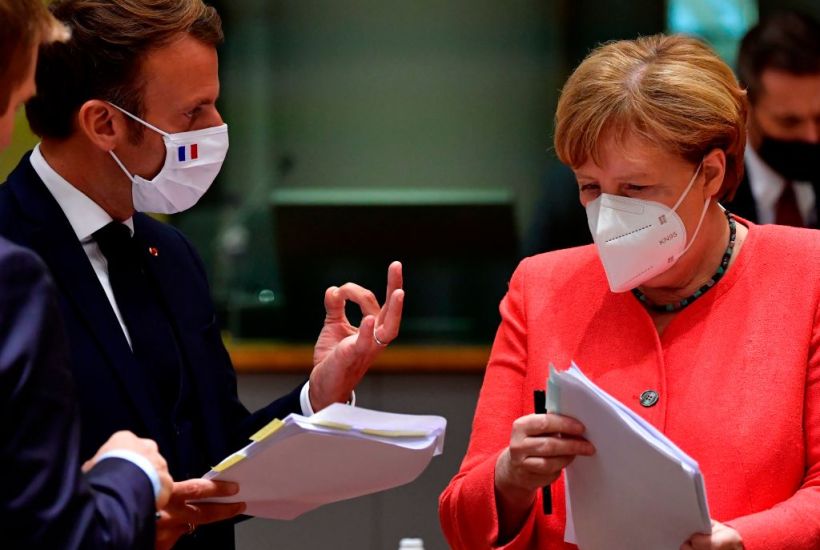
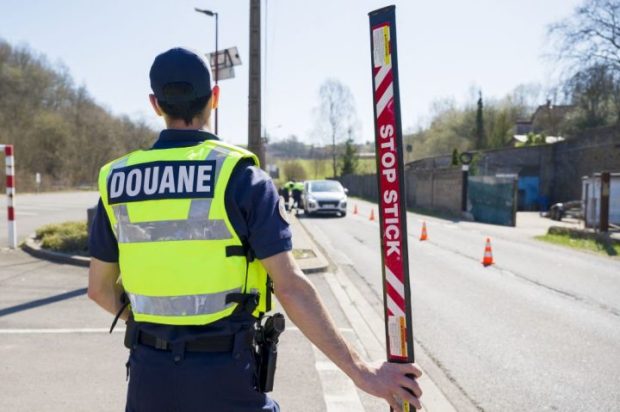
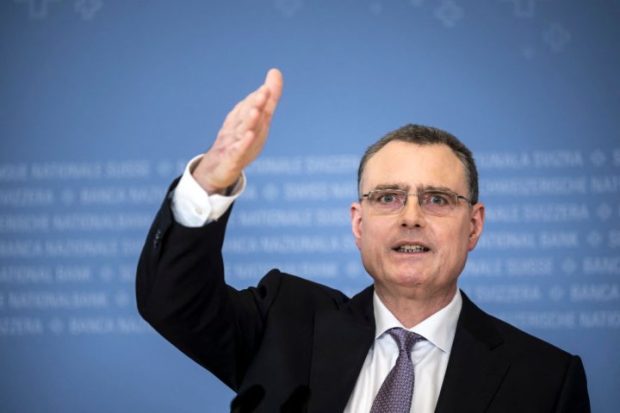

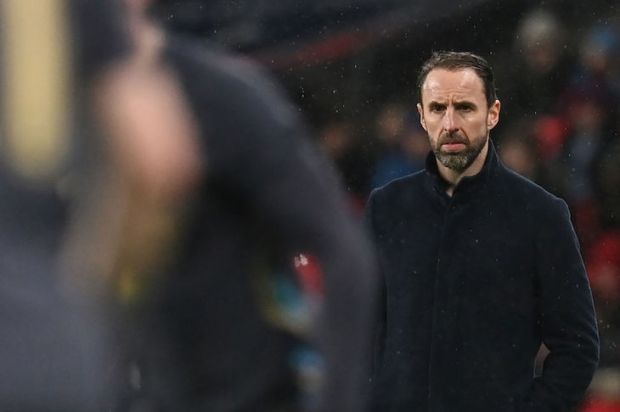

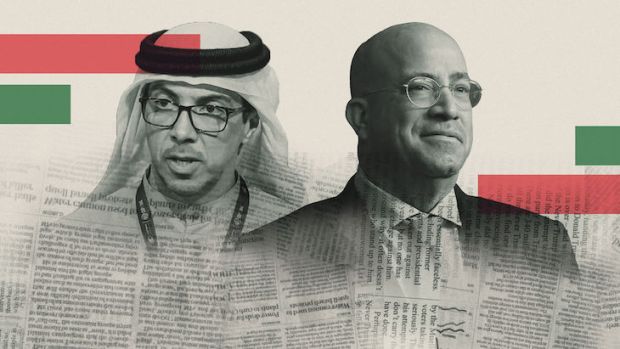












Comments
Don't miss out
Join the conversation with other Spectator Australia readers. Subscribe to leave a comment.
SUBSCRIBEAlready a subscriber? Log in